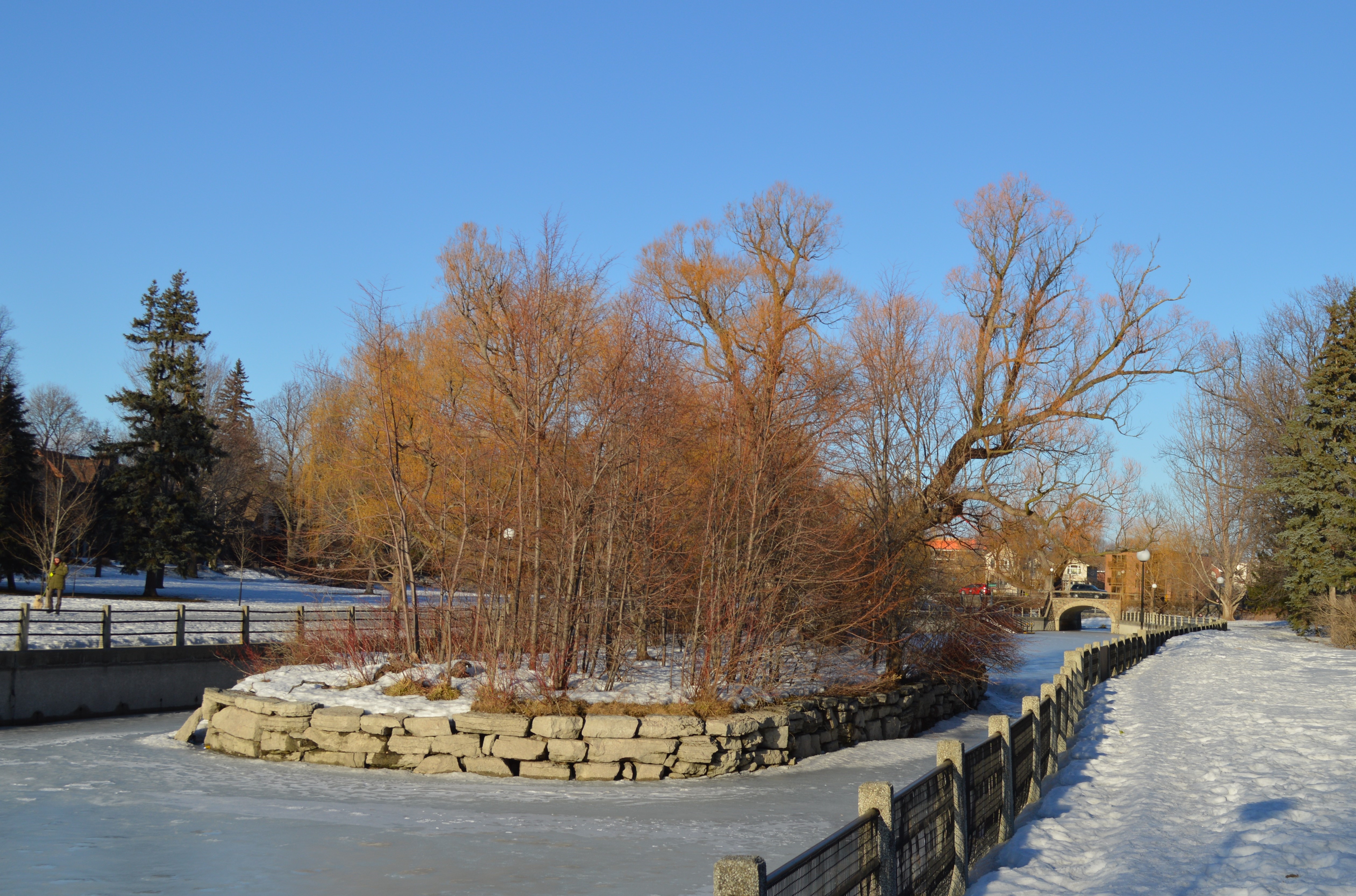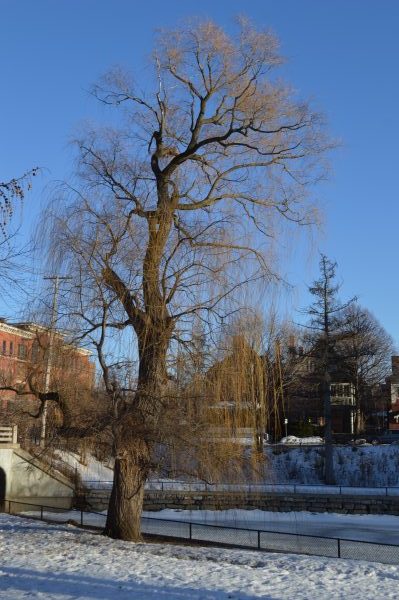Ottawa’s Capital Ward recorded the highest number of complaints about overlarge trees in 2016, according to an analysis of a database the city uses to track service requests.
The City of Ottawa received 170 complaints from the ward last year for trees being “Too Big/Unsightly”. It’s a category distinct from more common issues involving trees, like fallen branches or requests for stumps to be removed.
It’s also an odd way for the city to catalogue a complaint.
“It’s a broad category that really doesn’t do justice to what people are really saying,” City Councillor David Chernushenko said. He acknowledged that he went to the City of Ottawa to determine the nature of the complaints when it was first brought to his attention.
According to Chernushenko, the complaints cover two specific issues: trees that are in desperate need of pruning, and trees that have become large enough to damage sidewalks and foundations.
The councillor confessed that he finds the city’s label confusing—and amusing.
“The ‘Too Big’ is sort of a funny one, because it leads you to think people are complaining that ‘hey, the tree is too big!’” Chernushenko said with a laugh.
But Chernushenko also said that it’s important for the community to contact the city if they notice something wrong—including the trees in their neighborhood. As the chair of the Environment and Climate Protection Committee for the city, he has a particular interest in the health and safety of Ottawa’s trees.

That desire to protect trees in the Capital Ward is shared by Jennifer Humphries from the Glebe Community Association. She said it was “surprising” that these kind of complaints were making it to the city since she sees the neighborhood as being very passionate and involved with its trees.
A member of the association’s Environment Committee, Humphries has written articles for the community newsletter discussing the benefits of trees. But she admitted that she could understand why a resident might complain about a tree being “Too Big/Unsightly.”
“There can be an issue with the positioning of a tree, or just how it’s growing, or something is happening to the foundation,” Humphries said. “What I suspect is happening is that people have an issue with a particular tree—and that can be quite legitimate.”
Humphries stressed that it comes down to citizens being educated the trees in their neighbourhood. And that is a problem the city recognizes.
The Glebe Community Association and Chernushenko both contributed to the Urban Forest Management Plan completed in September. The plan is a 20-year strategy to sustain the greenery within Ottawa’s city limits. A major recommendation listed in the report is to improve the education of residents to better protect trees in their communities.

But for John Haysom, a resident of the area for over 30 years, the City of Ottawa can do better as well.
Haysom noticed a tree by Patterson Creek marked for removal by the city with an ugly red ‘X’. Last summer, over a year after he had seen the tree marked, it collapsed into the creek—never having been removed.
“It’s not likely that someone would get hurt, but there’s infrastructure underneath it,” Haysom said. “I do see these trees with big red X’s around for a long time and I wonder why it takes them so long to get at them.”
None of those interviewed see the large number of complaints for a tree being unsightly as a long-term problem for the ward. But as Humphries insisted and Haysom demonstrated, Capital Ward residents are committed to taking care of their communities despite the complaints—even their trees.
